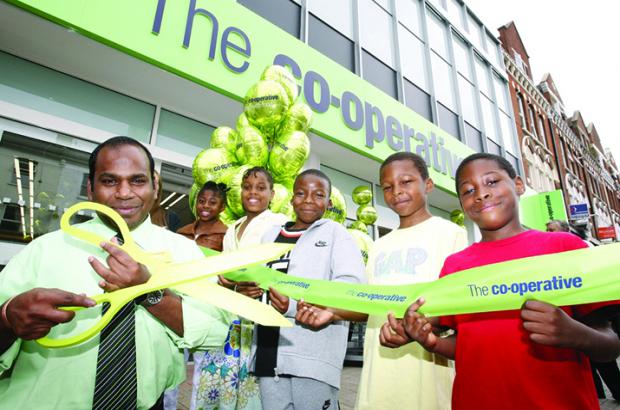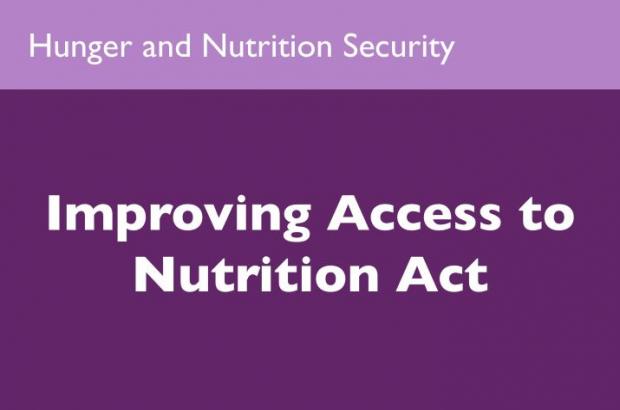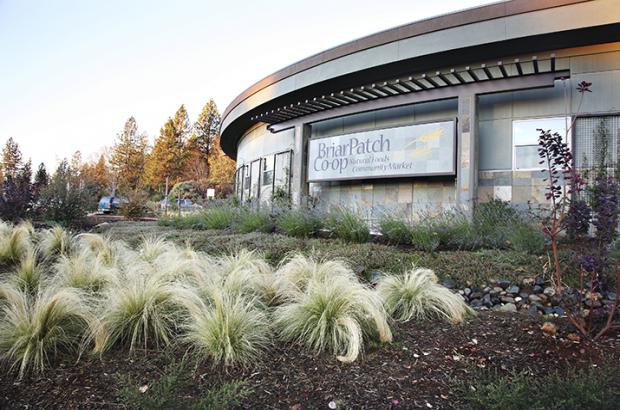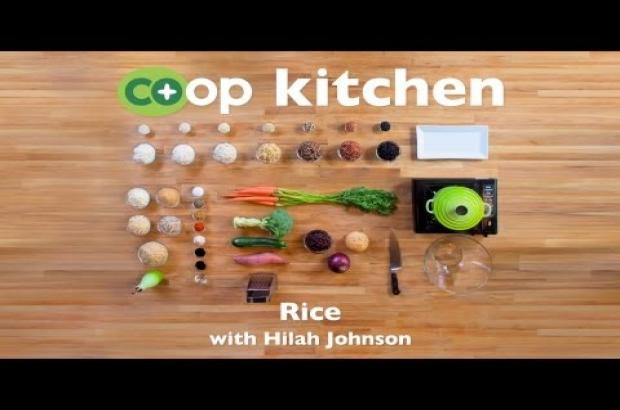Article
Nutrition Education That’s Good to Grow
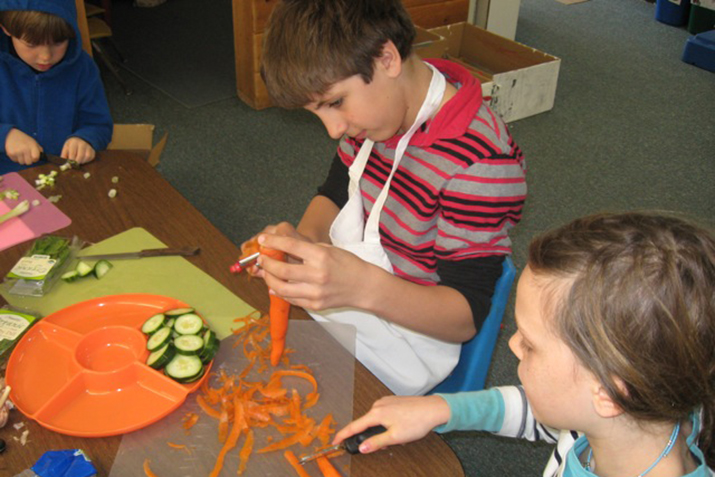
What happens when a food co-op joins forces with elementary school teachers concerned about the snacks students eat at school? Great things! In Brattleboro, VT it all started when teachers at one of the local elementary schools noticed that kids brought a wide variety of food to eat from fresh to packaged, and others didn’t have anything at all. The teachers were especially troubled by the sugar and fat content in some of the processed foods.
The teachers wondered if there was a way to provide healthy snack food for all the children. The Brattleboro Food Co-op had just secured a grant to pilot an educational program in the schools, so together they teamed up to introduce healthier options in the classroom. Co-op staff and teachers familiarized the children with choices like fruit, yogurt, granola, cheeses, real peanut butter and whole grain crackers. “We introduced the kids to things they’ve never tried before,” said Meredith Wade, an education and outreach coordinator at the Brattleboro Food Co-op. “Not ‘out there’ food, but good, healthy food.”
According to the teachers, many kids would say they didn't like vegetables, but when they were offered something like a red pepper and saw others eating that food, the kids were swayed. Besides, who can resist tasting a piece of a rainbow from the Eating the Rainbow program? Wade, a former elementary school teacher, developed a curriculum that was information rich, but also experiential and playful. In addition to offering tastings and lessons on nutrition, the food co-op gave the school a discount that made the snacks more affordable.
Committed to the idea of offering all children a healthy snack, the school and parents paid for the food in the beginning. When the Vermont Department of Education got involved, things really got rolling. For the past four years, funding from a USDA grant that encourages consumption of fresh fruits and vegetables has supplied fresh produce to all the district schools that qualify.
The co-op’s pilot program has since become Good to Grow, an educational outreach program with a much broader mission to serve the whole community by helping children and adults develop healthy eating habits. Wade said the program continues to evolve, and in addition to helping people explore and embrace healthier choices, classes focus on where food comes from, too. “Now we are involved in helping the schools with their school gardens, planting, harvesting and cooking projects. Good to Grow keeps expanding and responding to the community’s needs because the co-op is mission-driven to support this kind of involvement,” Wade said. “Good to Grow is a way for us to show that healthy food is an option and an opportunity for everyone.”
Teachers and parents are thrilled with the results. Teachers believe students exhibit fewer behavioral issues when they eat better. Parents like that their children are eating food they can feel good about. The kids enjoy learning how to prepare their own healthy snacks and take pleasure in the social benefits of sharing and eating them together. But for the kids, the benefits of the efforts by parents, teachers, the co-op and the school district extend beyond the program activities; the kids' approach to eating has changed. They are just as likely to eat something from a veggie tray as they are to gravitate toward sweets. “We’ve created a different culture around food for a lot of kids,” said Wade.

